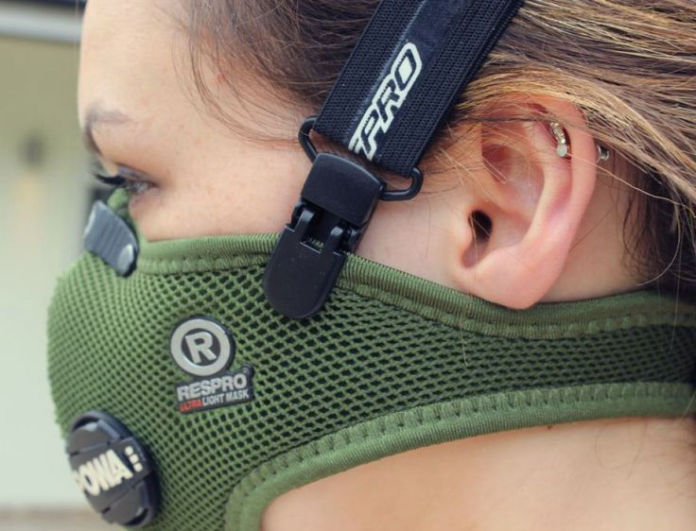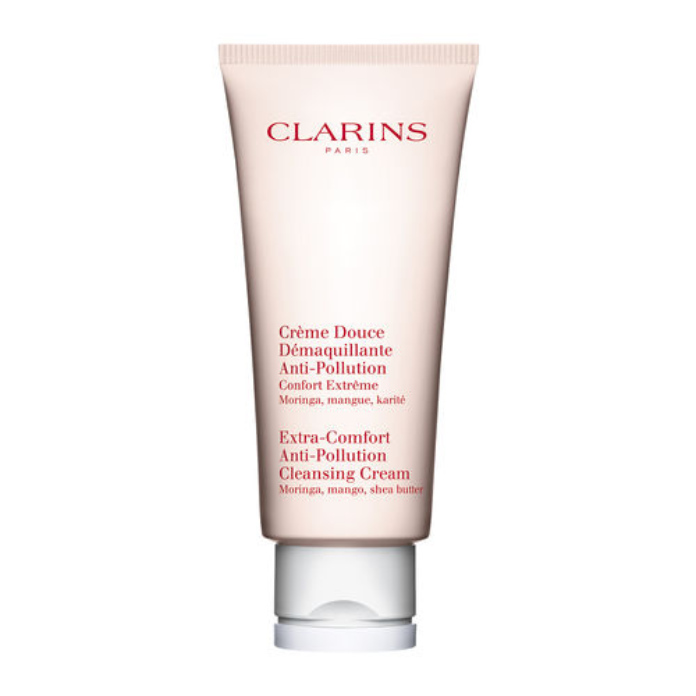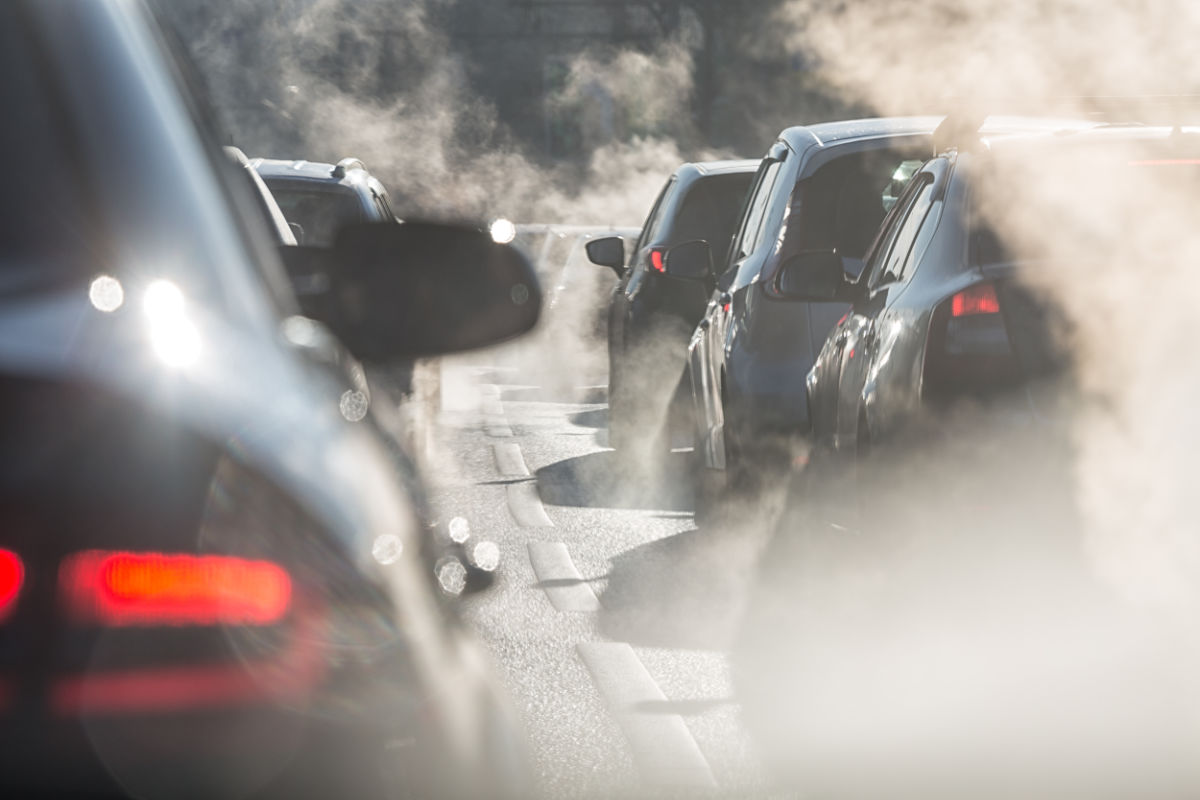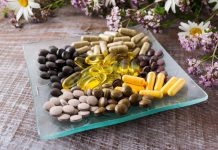You might not always be able to see or smell air pollution, but it really is an invisible killer, and the more you can do to limit your exposure, the better. Air pollution is the biggest environmental threat to health in the UK, causing up to 36,000 deaths a year – it’s linked to heart and lung disease, stroke and lung cancer.
Yet, worryingly, a Friends of the Earth (FoE) analysis of the latest available air pollution data has found more than 1,300 sites across England alone are breaching annual limits for the harmful pollutant nitrogen dioxide, which mostly comes from traffic fumes.
“During lockdown, as there were far fewer cars on the road, many people felt the benefits of reductions in the levels of nitrogen dioxide – a gas which can irritate and inflame the lining of our airways,” says Sarah MacFadyen, head of policy at Asthma UK and the British Lung Foundation (BLF). “As we start to recover from the crisis, we must keep these levels down and push them even lower, to protect everyone’s lungs.”
The #AirPollution is a major environmental risk factor for #health causing around 7 million deaths a year from stroke, heart and lung diseases. pic.twitter.com/K2CXLrm6vs
— Dr Alexey Kulikov (@KulikovUNIATF) July 14, 2020
11 ways to protect yourself from air pollution
So how can you protect yourself from air pollution? Consider these tips…
1. Download a clean air app
The problem with pollution is that you can’t really see it – so how do you know when it’s fluctuating from moderate to noxious? The BreezoMeter app (free on Android and iOS) can give you a real-time map of air quality in your local area, down to street-level accuracy. It works using a colour-coded key so you can easily check when you’re about to walk into a red zone, where pollution is more harmful. Along with predictive hourly forecasts and pollen counts, the weather-health app also has handy advice notifications for its users – such as whether it’s a good time to go for a run.
2. Reduce your car use
You might think you’re breathing better quality air inside your car, but no, the BLF says air pollution can be even higher inside cars than outside, particularly if you’re in heavy traffic.
“Where possible, changing the way you get around is the best way to cut your own air pollution impact,” says Muna Suleiman, a FoE campaigner. “You actually risk being exposed to far worse air pollution if you’re in a car. Where using a car is unavoidable, cut the engine while sat in traffic as idling is a big source of traffic fumes.”
3. Avoid busy roads
Unsurprisingly, air pollution is worse near busy main roads and junctions, so try to avoid them if you can. “On high pollution days, the best thing you can do to reduce your exposure to air pollution is to avoid main roads and busy streets where possible,” confirms MacFadyen.
“In a relatively short period of time, we have come to know that air pollution is having a negative impact on almost all our major organs.”
Watch María Neira’s full TED Talk here: https://t.co/7cipDhR7Iw pic.twitter.com/uLjMLq4hsr
— TED Talks (@TEDTalks) July 27, 2020
4. A mask may help but don’t rely on it for full protection
Requirements are currently in place regarding wearing masks in certain public spaces to reduce coronavirus transmission, but evidence on how much they actually reduce air pollution exposure is mixed, says FoE. A study by Edinburgh’s Institute for Occupational Medicine tested a number of masks and found that while one mask stopped 90% of the particle pollution, others offered almost no protection at all. Plus, the tightness of fit was crucial, was reduced by facial hair, and depended on the shape of the user’s face.
The BLF notes that ”until there is good evidence that wearing an appropriate mask will help, masks should not be considered as an effective way to reduce air pollution exposure.”

That said, it may be beneficial for cyclists to wear a mask when riding through traffic-heavy cities. Look for a good-quality mask that fits well. The Respro Ultralight Mask (£46.99, Respro) has a stretchy fabric that fits snug to the face and allows you to breathe in humid conditions. It also contains clever filters which are designed to trap sub-micron particulates and other pollution nasties before they get into your system. The mask’s robust valves can consume even the most minute of pollutants, while a hidden nose clip keeps it all in place, even on the bumpiest of commutes.
5. Get on your bike
“Plotting a walking or cycling route that avoids main roads can help limit your exposure to air pollution,” says Suleiman. “It’s a great time to get that long-forgotten bike out the shed and ask your council to do as much as it can to make local cycling and walking safer.”
6. Don’t travel in rush-hour
Working from home may help reduce your exposure to air pollution, but if you do now have to go into an office, if you get there before or after rush-hour you’ll avoid the worst of the pollution outside.
7. Watch where you walk
Believe it or not, where you walk on the pavement can actually make a difference to your pollution exposure. If you walk on the inside of the pavement, pollution levels are lower because you’re further from the traffic.
8. Exercise inside
While it’s great to exercise, if you want to reduce your exposure to air pollution it’s better to do strenuous exercise indoors, in a well-ventilated room or gym, now they’re largely open again.
9. Eat foods rich in vitamin C
Protection starts from the inside, so do your lungs a favour and start eating an antioxidant-rich diet. Researchers from Imperial College London found that asthma patients who had higher levels of vitamin C in their blood were less likely to be admitted to hospital on days when there were high particulate matter levels outside, supporting a growing school of thought that antioxidants can soothe the effects of pollution. Oranges, red peppers and kale are all good sources. Tuna, mackerel, salmon and egg are also useful – they’re vitamin D-based and can help to replenish and rebuild pollution-weary skin.
10. Try anti-pollution skincare

One of the more noticeable consequences of living in a highly-polluted area is the toll it takes on your skin. Pollution-proof your face with a good cleanser like Clarins’ Extra-Comfort Anti-Pollution Cleansing Cream (£24.99, Clarins), which can gently wash away the buildup of dirt and pollution that sits on the skin’s surface. If you’re looking for a daily moisturiser to provide Fort Knox-style protection, Murad’s Environmental Shield range provides a much-needed barrier between atmospheric pollutants and the skin. Slather on their Essential-C Day Moisturiser (£65, Murad) before you head out into the elements, to keep skin protected.
11. Use an air purifier in your home
Smog-eating purifiers are one of the best ways to keep your house protected from outside pollutants, particularly if you live on a busy main road. Purifiers work by using a fan to pull in dirty air at one end, remove pollutants, and output clean air at the other end. While there are plenty on the market to suit all budgets, Dyson’s Pure Cool TP04 Air Purifier Tower Fan-White/Silver (£669, Amazon) has the added benefit of not sacrificing style for practicality. Unlike traditional models, it creates air circulation without using a blade, instead sending it through a specially-made HEPA filter, which removes all of the small pollutants of up to 0.1 micron in size. It’s also incredibly quiet, meaning you’ll barely notice it wicking away at the atmosphere while you’re going about your daily business.
Read more: Air pollution at home – how to improve air quality in your home
This article may include affiliate links to products and services where we may receive a small fee to support the running of this site if you make a purchase or is a sponsored article from one of our select editorial partners providing valuable advice and information to our readers.































































